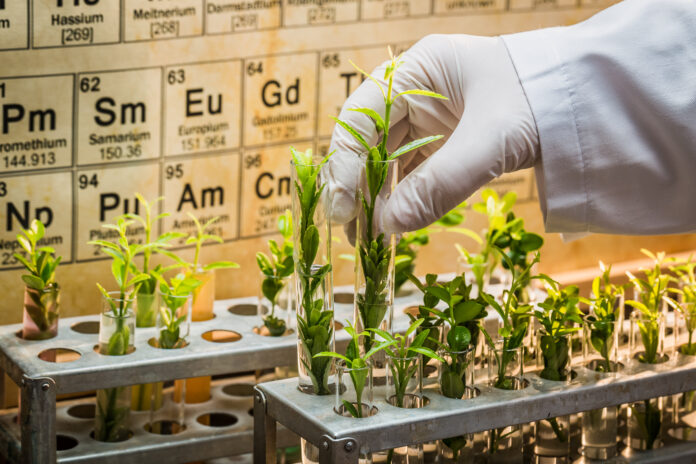The industrial world runs on chemistry. From the plastics that shape our daily objects to the solvents that clean machinery, chemicals are embedded in every aspect of modern life. But behind this convenience lies a growing concern. Many of the compounds that drive our industries are also responsible for polluting air, soil and water, harming ecosystems and human health. As environmental regulations tighten and public awareness increases, the scientific community is racing to reimagine chemistry through a new lens. That lens is green chemistry.
Green chemistry is more than a trend. It is a fundamental rethinking of how chemicals are designed, produced and used. Its core principle is prevention. Instead of treating pollution after it occurs, green chemistry aims to prevent it at the source by using safer materials, renewable feedstocks and processes that minimize waste. This shift is not only better for the environment. It also opens new doors for innovation and economic efficiency.
One of the most urgent challenges in this transition is the replacement of toxic compounds that have long been essential to industry. Take per- and polyfluoroalkyl substances, commonly known as PFAS. These so-called forever chemicals are used in everything from firefighting foams to nonstick cookware. They are highly resistant to degradation and have been linked to cancer, hormone disruption and other health problems. Around the world,
scientists are working to develop biodegradable alternatives that retain the performance of PFAS without the environmental baggage.
Another example is formaldehyde, a widely used chemical in resins, adhesives and disinfectants. It is also a known human carcinogen. Researchers are exploring bio-based substitutes derived from sugars or agricultural waste that can match formaldehyde’s binding properties without its toxicity. These breakthroughs are not hypothetical. Some are already entering the market, supported by green certification programs and procurement policies that
favor safer chemistry.
The pharmaceutical industry is also under pressure to go green. Traditional drug synthesis often involves large volumes of hazardous solvents and reagents, generating significant waste. Green chemistry promotes the use of water as a solvent, enzymatic reactions and continuous flow techniques that increase yield while reducing energy use and emissions. Major companies have begun redesigning their supply chains to incorporate these principles, driven by both regulatory compliance and reputational risk.
One promising development is the emergence of solvent-free or solid-state chemistry. By eliminating the need for solvents altogether, researchers are creating cleaner and more compact reactions. This approach also cuts costs, particularly in energy and waste disposal. Meanwhile, the use of renewable feedstocks such as lignin, cellulose and algae is gaining traction as industries seek alternatives to petroleum-based inputs.
In Sri Lanka and other developing nations, green chemistry presents both a challenge and a transformative opportunity. Many local industries still rely on outdated processes and imported chemicals that are neither safe nor sustainable. But by adopting green chemistry, these same industries could reduce dependency on expensive imports, improve workplace safety and meet the rising standards of international markets.
For instance, Sri Lanka’s textile and garment sector is a major contributor to the economy but also a source of chemical pollution. Green dyes and processing agents that reduce water and energy use could significantly lessen the environmental footprint of the industry. Likewise, small and medium enterprises in paint, rubber and agrochemical manufacturing can benefit
from cleaner production methods that lower waste and improve compliance with environmental laws.
Universities and technical institutes have a vital role to play. Incorporating green chemistry into science curricula will help create a new generation of chemists who view sustainability not as an add-on but as a fundamental principle. Public-private partnerships, funding for applied research and stronger regulatory frameworks will be key to accelerating adoption.
Despite its benefits, green chemistry still faces hurdles. Many green alternatives are more expensive upfront or have not yet matched the performance of conventional compounds. There is also a lack of awareness among manufacturers and limited access to technical expertise. But the direction of travel is clear. Markets, regulations and science itself are
moving toward a cleaner and more responsible form of chemistry.
The global race to replace toxic industrial compounds is not just about reducing harm. It is about reimagining chemistry as a force for good. Green chemistry proves that environmental responsibility and industrial progress do not have to be at odds. They can be aligned, integrated and mutually reinforcing. In the years ahead, it will not be the industries that resist this change that thrive. It will be those that lead it.




